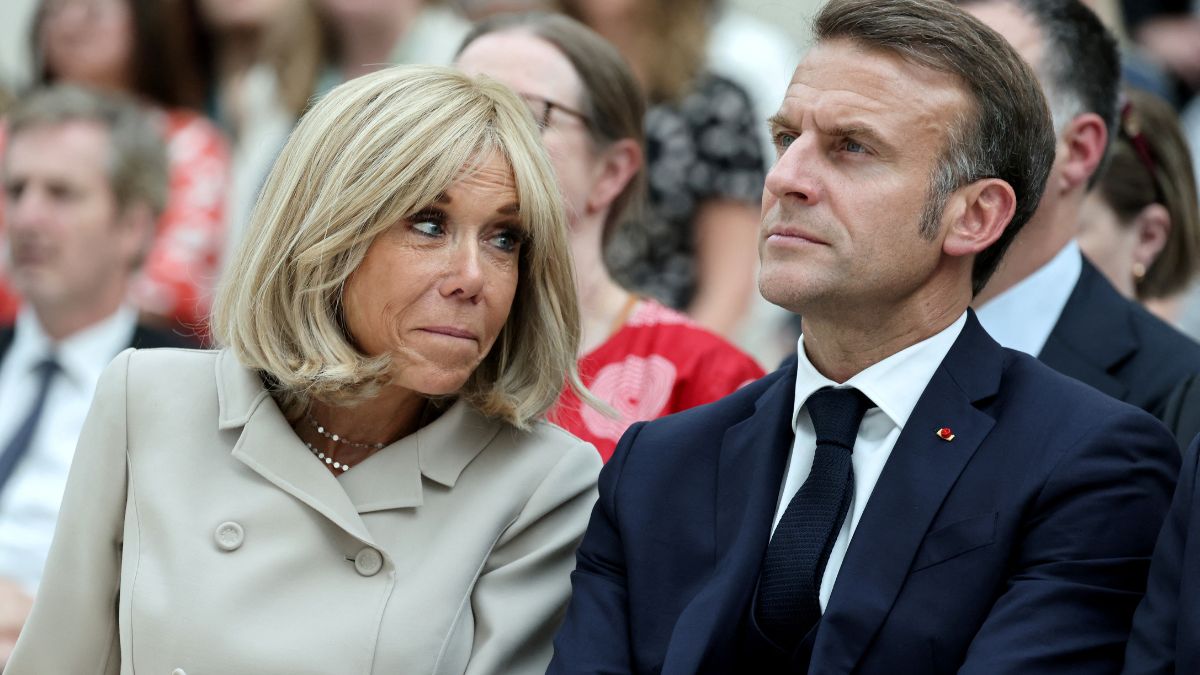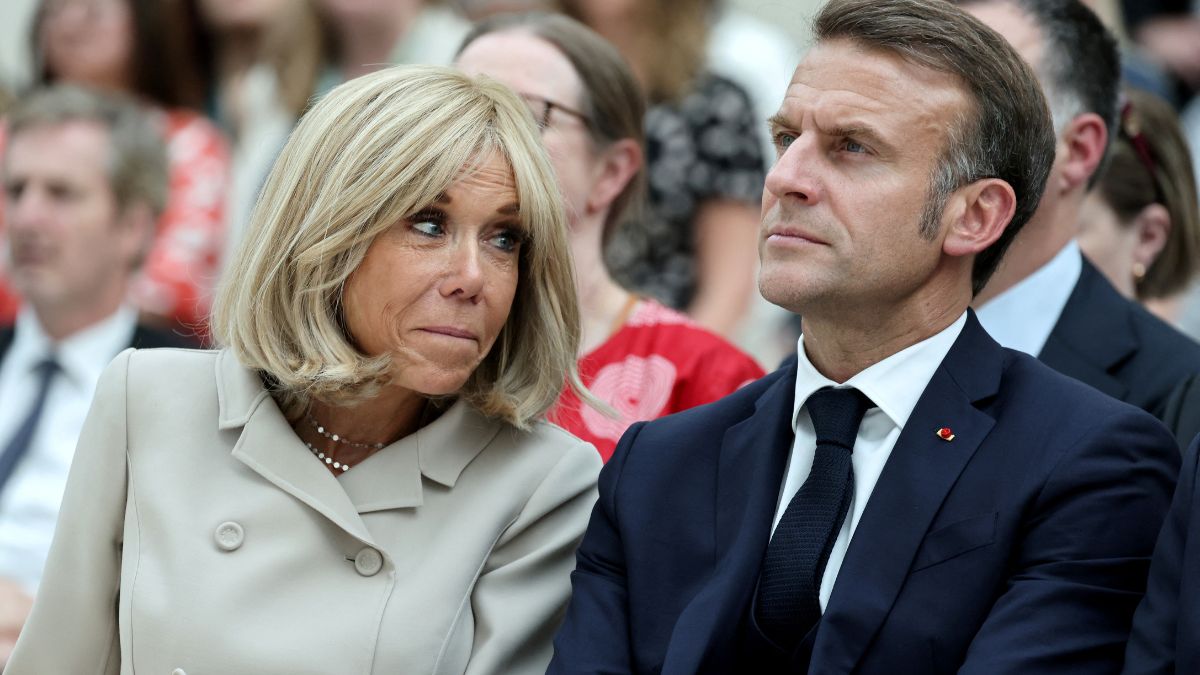India will publish its August trade data on Monday (15 September), the first since the US sharply increased tariffs on Indian goods — a release that will show how far Trump’s duties are hurting Indian exports to its largest market.
Washington imposed a 25 per cent duty on 7 August and doubled it to 50 per cent by 27 August in response to India’s purchases of Russian oil — a move critics call deeply hypocritical, given the US itself continues trade with Moscow, importing fertilisers and rare earths. Even President Trump himself extended a warm welcome to Vladimir Putin in Moscow.
In July, India’s trade deficit had already widened to an eight-month high of more than 27 billion dollars as imports surged, though exports had yet to show much impact from earlier tariffs. The new data will reveal whether the steep hikes are now weighing on overseas shipments.
Which exports are most at risk?
Analysts estimate that around 55 per cent of India’s exports to the US — worth tens of billions of dollars — are exposed to these duties. Covering goods such as garments, gems and jewellery, footwear, sporting goods, furniture and chemicals, the tariffs rank among Washington’s highest, comparable to those imposed on Brazil and China.
What could be the economic fallout?
The measures threaten thousands of small exporters and jobs, including in Prime Minister Narendra Modi’s home state of Gujarat, and could slow growth in the world’s fastest-growing major economy.
Yet, after five rounds of negotiations, Washington and New Delhi have failed to reach a trade deal that might have reduced tariff levels to those enjoyed by Japan, South Korea and the EU.
Which goods are exempt?
Steel, aluminium, passenger vehicles, copper and other products already covered by separate US tariffs are exempt from the latest measures. Indian officials point out that the country’s average tariff on US imports is about 7.5 per cent, while Washington highlights far higher rates — up to 100 per cent on autos and 39 per cent on farm goods.
Could this push India to reform?
Analysts argue that while the disruption will sting, it could also push India to reform and open its economy further, reducing its protectionist stance. Meanwhile, a US Customs notice granted Indian exporters a three-week exemption for goods already en route before the August deadlines.


)

)
)
)
)
)
)
)
)



